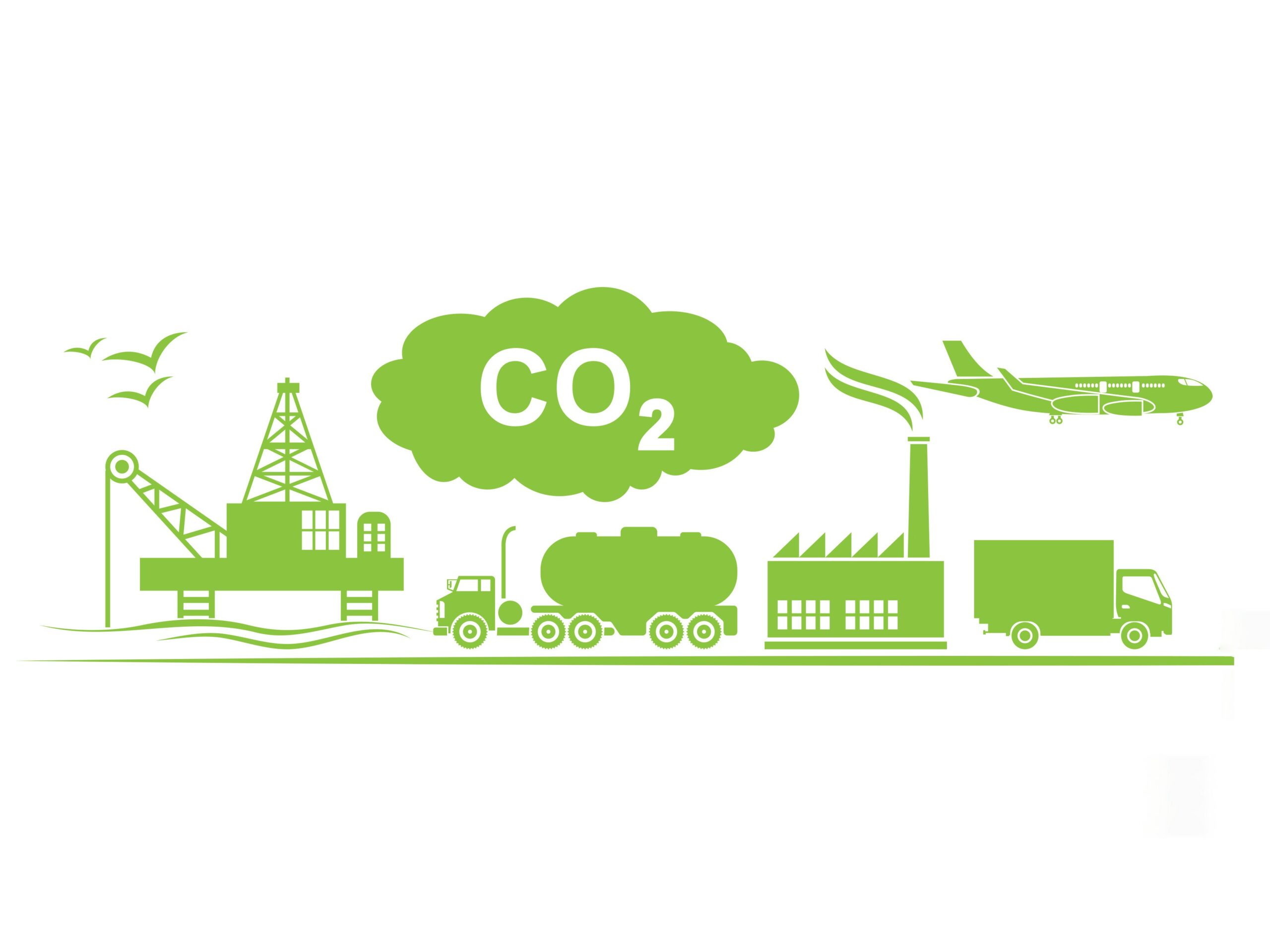Steps To Reduce Supply Chain Emissions
September 26, 2023

In today’s rapidly changing world, sustainability has become a cornerstone of responsible business practices. One critical aspect of this is reducing supply chain emissions. As companies strive to minimize their environmental footprint, the need to optimize their supply chain processes has taken center stage. In this blog, we will explore actionable steps to reduce supply chain emissions that businesses can take while maintaining efficiency and profitability.
Understanding Supply Chain Emissions: A Closer Look
Before we delve into the steps, let’s briefly understand what supply chain emissions entail. Supply chain emissions refer to the greenhouse gases released at various stages of a product’s lifecycle, from raw material extraction to production, transportation, and end-of-life disposal. These emissions contribute significantly to climate change and environmental degradation.
1. Conduct a Comprehensive Emissions Assessment
The first step towards emission reduction is assessing your supply chain’s current carbon footprint. Collaborate with suppliers, gather data on energy consumption, transportation methods, and raw material sourcing. This assessment helps identify emission hotspots and sets a baseline for future improvements.
2. Opt for Sustainable Suppliers
Transitioning to sustainable suppliers is an effective way to curb emissions. Choose partners who share your commitment to reducing environmental impact. Consider factors like proximity to reduce transportation distances and evaluate their production processes for eco-friendliness.
3. Embrace Energy Efficiency
Improving energy efficiency within your operations can lead to substantial emission reductions. Upgrade machinery and equipment to energy-efficient models, implement smart building systems, and encourage staff to adopt energy-saving practices.
4. Streamline Transportation and Logistics
Transportation is a major contributor to supply chain emissions. Optimize routes, consolidate shipments, and consider intermodal transportation to reduce carbon-intensive modes like air freight. Investing in a fleet of fuel-efficient vehicles can also yield significant results.
5. Implement Lean Inventory Practices
Minimizing excess inventory not only improves cost efficiency but also reduces emissions associated with production and storage. Embrace just-in-time inventory management to avoid overproduction and unnecessary transportation.
6. Explore Renewable Energy Sources
Transitioning to renewable energy sources such as solar or wind can significantly cut down emissions related to electricity consumption. By generating clean energy on-site, companies can decrease their reliance on fossil fuels.
7. Enhance Packaging Efficiency
Reevaluate your product packaging to minimize waste and emissions. Choose lighter, eco-friendly materials that require less energy during production and transportation. Encourage customers to recycle or return packaging, closing the loop on the supply chain.
8. Collaborate for Sustainability
Forge partnerships within your industry to collectively address supply chain emissions. Collaborative initiatives can foster knowledge sharing, joint research, and the development of innovative emission-reduction strategies.
9. Leverage Technology
Implementing advanced technologies can optimize supply chain processes and reduce emissions. Utilize data analytics to forecast demand accurately, prevent overproduction, and employ Internet of Things (IoT) devices to track shipments and monitor energy consumption in real-time.
10. Monitor, Evaluate, and Improve
Regularly monitor and evaluate the effectiveness of your emission reduction efforts. Use key performance indicators (KPIs) to track progress and identify areas for further improvement. Continuously adapt strategies based on the collected data.
As the global community grapples with the effects of climate change, businesses must play a pivotal role in reducing supply chain emissions. By taking proactive measures to minimize their carbon footprint, companies can contribute to a more sustainable future while gaining a competitive edge. Embracing sustainability isn’t just a responsibility—it’s a crucial step towards long-term success in an environmentally conscious world.
Remember, the journey toward emission reduction requires commitment, collaboration, and constant innovation. By following these steps and tailoring them to your unique supply chain, you can drive positive change and make a significant impact on our planet’s well-being.
-By Arti Tawani